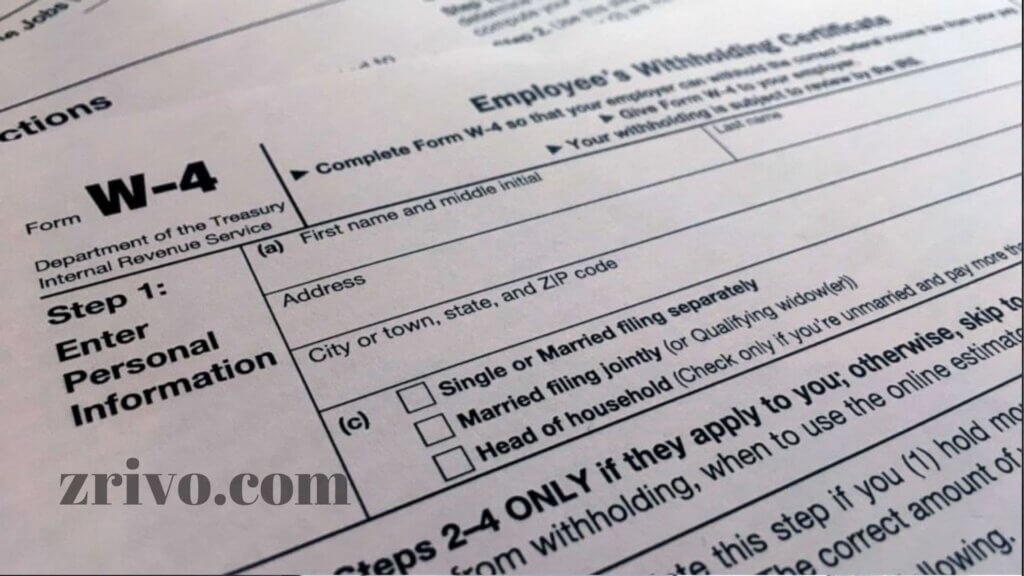
Publication 501 is an IRS publication that covers information about dependents, the standard deduction, tax exemptions, and filing status. You may be unable to deduct all or part of your contributions to a traditional IRA if you or your spouse were covered by an employee retirement plan during the year. This amount is much lower for married individuals who file separately and lived together at any time during the year.
Publication 501 is a guide published by the Internal Revenue Service (IRS). It explains tax rules regarding dependents, standard deductions, exemptions, and filing status. It is available online and can be used by anyone who must file a tax return. It is especially useful for people who are filing their first tax return. It also outlines the types of filing statuses, such as jointly filing, single, head of household, or qualifying widow(er) with dependents.
You can find IRS Pub 501 on the IRS website, which can also be downloaded as a PDF. It includes detailed explanations of tax exemptions, as well as how to claim dependents and the standard deduction. It is recommended that you read it thoroughly before preparing your tax return. Then, you can be prepared to make an informed decision about whether or not to itemize your deductions. The content of pub 501 is aimed at a wide audience and can be useful for anyone who may have to file an income tax return. It is particularly important for those who claim dependents, claim a standard deduction, or need to know how to correct their taxes.

What is a Dependent?
The dependents of an individual taxpayer who is covered under IRS Publication 501 include qualifying children and qualifying relative. These individuals can claim certain tax deductions and credits, including head of household filing status, the child tax credit (updated), the earned income tax credit, or the child and dependent care credit. The rules that determine whether an individual qualifies as a dependent on your tax return can be complicated and vary greatly depending on your situation. But the basics are fairly straightforward.
To claim a dependent, a person must meet all of the following requirements: They must be an adult and live with you for more than half the year. In addition, they must not provide more than half of their financial support, including groceries, rent, utilities, clothing, and unreimbursed medical expenses. An aging parent may qualify as a dependent if you help them pay the costs of their housing, healthcare, and other living expenses. However, they must also meet the requirements of the qualifying relative test.
If you’re married to your elderly parent, you can claim her as a dependent on your taxes if you’re the one who provides more than 50% of her support. This can be difficult to determine, especially if your parent has multiple adult children who all contribute to her support. In this case, you can use a multiple support agreement to determine which sibling can claim your elderly parent as a dependent on their own tax returns. You can also claim a domestic partner as a dependent on your taxes. This type of relationship is difficult to identify on a tax return, so the guidelines in this section of Publication 501 are very strict.
If you have a dependent, filing your taxes correctly is important. This can make all the difference in determining your filing status, whether you can claim an exemption or take a standard deduction, and what type of tax credit is available to you. If you’re unsure about which tax credit you should claim, you can get more information from the IRS by visiting their website.

What is Exemption?
The IRS Publication 501 publication is a taxpayer resource guide on many tax issues. It answers some of the questions you might have about handling your taxes, including deciding whether to itemize deductions or claim the standard deduction. It also explains exemptions and filing status. The tax code includes a number of exemptions, which are not taxable income but allow you to deduct the amount of an expense or transaction amount from your gross income. Exemptions for certain items such as state and local taxes, medical and dental expenses, or charitable donations may be claimed. In some cases, the same person may qualify for more than one exemption. For example, if you have a spouse and a dependent, you can claim a tax-exempt allowance for each of them.
Other exemptions are for people who don’t have children, such as an employer-sponsored retirement plan or the interest on home mortgages. Other exemptions can include interest on qualified student loans or other qualified education expenses. There are also a variety of tax-exempt organizations, including charities, churches, and trade schools. These organizations are not required to pay tax on their profits, but they must report their income and expenditures on their annual tax returns. These organizations are exempt from federal income taxes but must collect sales tax on most of their sales. They are also subject to state sales tax unless they have an exemption from those states under IRC Section 501(c)(3), (4), or (5).
Alternatively, they may be exempt from state and local property taxes as long as they don’t have more than a certain percentage of their profits derived from the sale of their products. They may be exempt from business and occupational licenses as well. For more information, refer to the Exemptions section of your federal return. You can also find the same information on the IRS website.
The Internal Revenue Service publishes many publications on a wide variety of topics related to federal income tax and tax policy. These publications are available online and in printed form. Each publication is numbered and usually given a name. Some of these publications are removed from circulation when they become obsolete but always carry the same number.

What is Filing Status?
A taxpayer’s filing status determines whether they should file a return, the rate at which income is taxed, and what standard deduction amount is allowed. Taxpayers who are eligible to claim more than one filing status usually choose the filing status with the lowest tax rates. The IRS publishes a variety of booklets addressing common tax questions and situations. These are numbered and often have a name, such as Publication 501, which provides information about dependents, the standard deduction, tax exemptions, and filing status.
Students can use simulations to learn about the filing statuses and dependents under IRS Publication 501. They should also be familiar with the standard deduction, exemptions, and tax rates that are associated with each status. The filing status of an individual taxpayer will depend on a number of factors, including the number of children and how much they earn. However, choosing the right status for your situation can significantly affect the amount you pay in taxes.
For example, a married taxpayer should file as married filing jointly to take advantage of the largest standard deduction and the lowest tax rates. In contrast, a single taxpayer should file as head of household to take advantage of a higher standard deduction and a lower tax rate. This may be especially helpful for high-earning individuals who don’t want to reveal their income to their spouse or those with a large number of medical expenses that can be deducted but don’t qualify under the combined adjusted gross income.